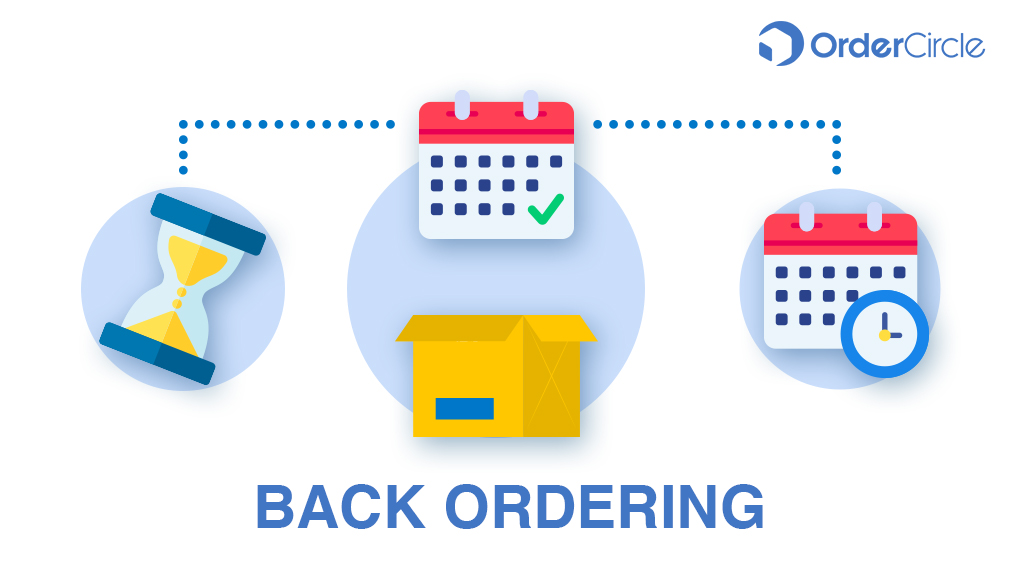Backorder
Hasan Nasir

Is it possible to sell something without having it? Yes, it is…
Introducing the concept of ‘Backorder.’
Let us understand this concept in more detail.
What is a backorder?
A backorder means to sell a product that is not available currently in stock with the seller. However, the seller expects to receive it shortly. Thus, delivery to the customer is also not made immediately but on a specified future date. To sum it up, the customer buys a product now, but its delivery is promised in the future.
The most common example of backorder is the purchase of a car. People usually wait for the arrival of the case after placing an order.
Why does the need for backorders arrive?
Here are a few reasons why a company has backorders in its business:
- High demand:Backorders occur when the demand for a product exceeds its supply. This surge in demand could be a regular practice or could also occur due to some specific events.
For example, backorders in masks are not a regular practice. However, the demand for masks suddenly increased during the covid-19 pandemic period. As there was not enough supply of masks then, it resulted in backorders.
- Low buffer stock: Backorders may occur when inventory buffer is low. Delays in/insufficient reordering can also result in backorders.
- Inaccurate lead time forecast:Sometimes, the actual time of receiving material from the supplier is higher than estimated. This delays production and results in backorders.
- Issues related to production/logistics:Backorders may occur when production does not take place as scheduled. This situation can arise due to various reasons. For example, a supplier runs out of material, or there is a delay in logistics.
Are backorders good for a business?
Every seller wishes his product to be in demand. Through backorders, one can increase sales without holding much inventory, which reduces inventory holding costs. Also, at times, customers’ willingness to wait for a product increases its brand value (for example, cars). Thus, backorders are not always unfavorable.
However, it is important to limit these backorders so that the seller can quickly fulfil them. But before understanding how to limit backorders, let us know why it is essential to do so.
Why should backorders be limited?
- Risk on the brand image: If a backorder is not delivered timely, it may spoil the company’s image. Also, frequent backorders may result in customers switch to competitors.
- Risk of order cancellations:Customers may cancel the orders during the waiting period. Extended delivery time may result in frustration, which results in a change in the purchase consideration.
- Risk of losing customers with a ‘now or never attitude’:Some customers buy out of impulse. In this situation, if deliveries are not immediate, such customers may avoid buying.
Thus, we understand that excess backorders are not desirable. Let us see how one can minimize backorders in a business:
- Accurate demand forecasting: Chances of backorders are lower whendemand forecast is better. Thus, accurate demand forecasting is an essential factor to limit backorders.
- Adequate inventory management:Keeping adequate inventory can help minimize backorders. The seller can do this by controlling the lead time and reordering efficiently. One may use inventory management software for the same.
- Adequate supplier management: Having backup suppliers can help avoid a backorder. This is when one supplier is not able to deliver timely.
While one may try to minimize backorders, it is impossible to eliminate them. This is because it is difficult to match the demand with the inventory accurately. Also, carrying huge inventory comes with a cost. Thus, backorders are inevitable in some businesses.
With this backdrop, it becomes crucial to manage the backorders effectively. The seller can do this through the following ways:
- Set realistic expectations: Communicate to the customer the expected date of order delivery. This must be done before the customer places the order. Also, do not promise a lesser than expected wait period.
- Stay in touch with the customers:Customer service is the most critical factor in backorder management. During the waiting period, stay in touch with the customers. Keep them updated about their ordered products. Also, ensure that the customer can easily reach out to you in case of any queries. This reduces the chances of customer dissatisfaction and order cancellation.
- Make quick deliveries:When the product becomes available, ensure it is delivered quickly. Efficient logistics management is vital to achieving this. Also, try to deliver the product before the customer’s expected date. This will result in increased customer satisfaction.
Conclusion:
Backorders give a seller the flexibility to sell without having stock in hand. In some cases, backorder enhances the business’s brand value, as the customers are ready to wait for the products (for example, cars). However, it is essential to limit such backorders so that the seller can quickly fulfil them. This can be done by accurate demand forecasting and inventory management.
However, no matter how much one tries to minimize, backorders are inevitable. Thus, sellers should manage them effectively. This can be done by making deliveries quicker. Keeping in touch with the customers during the waiting period can also help in the same.
